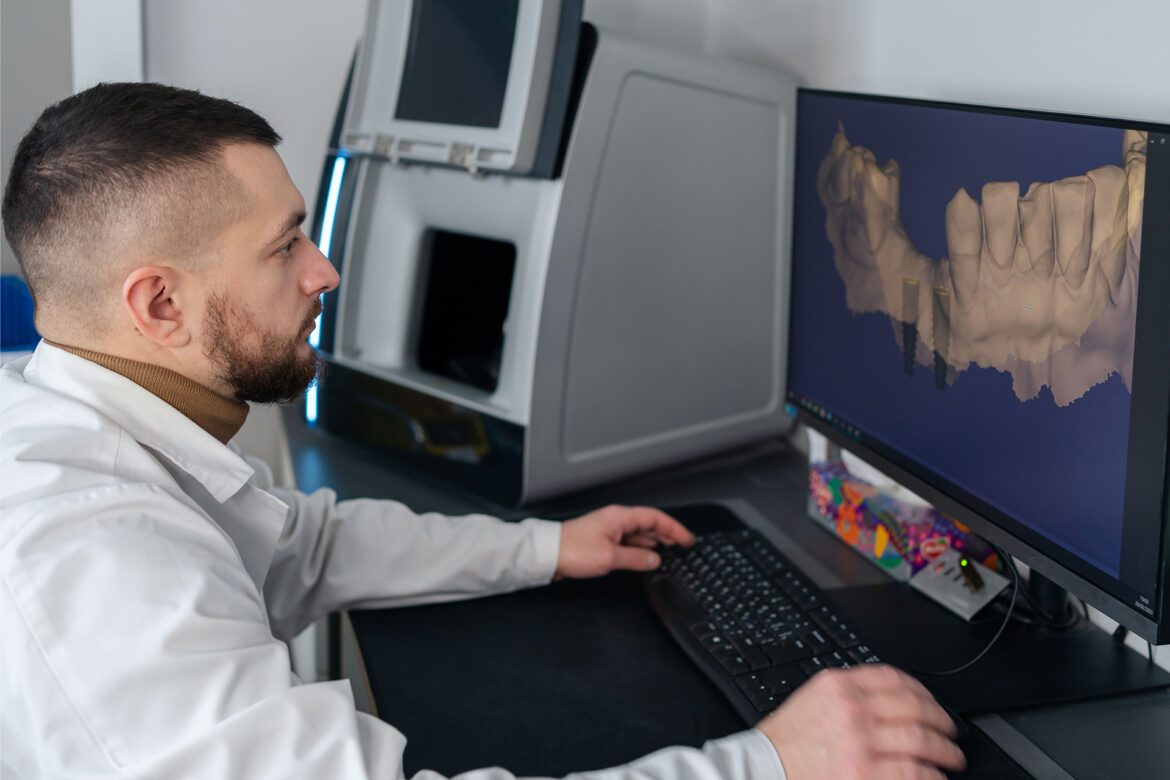Tooth loss affects millions around the world, caused by decay, gum disease, injuries, and some diseases. Missing
teeth do more than make it hard to chew or talk. They also impact appearance and self-esteem. Although dentures and
implants have helped millions, they cannot fully replace the natural feel and function of real teeth. Scientists
have long searched for a way to regenerate teeth — not with artificial materials, but with living, growing cells.
Today, the dream of growing real, living teeth in a lab is closer than ever. Researchers from King’s College London and Imperial College London
have made key discoveries about the materials and conditions needed to create teeth from scratch. Their findings
build on years of progress in regenerative dentistry, a field that aims to engineer whole organs by mimicking
natural development.
Building Teeth from Cells: A New Approach
For teeth to grow naturally, two types of cells must interact: epithelial cells and mesenchymal cells. Back in 1987, researchers Mina and Kollar showed that epithelial cells from the first branchial arch could trigger non-tooth-forming mesenchymal cells to create dental tissues.
Later experiments proved that even when separated, dental epithelial and mesenchymal cells could be rejoined in the
lab to create small tooth-like structures, known as organoids.
Later experiments proved that even when separated, dental epithelial and mesenchymal cells could be rejoined in the lab to create small tooth-like structures, known as organoids.
Organoids are three-dimensional clusters of cells that imitate the structure and behavior of real organs. In the case of teeth, organoids mimic the stages of real tooth development, from bud to cap to bell stage, eventually leading to enamel, dentin, and supporting structures.
Scientists have even proven that adult stem cells can join the process. For instance, Ohazama and his team used bone marrow mesenchymal cells with early dental epithelium to form teeth in vitro. Similarly, previous research showed that human gum cells can respond to signals from mouse dental mesenchyme to start forming teeth.
However, success depends heavily on the environment surrounding the cells. They must live inside materials that allow them to interact properly — and that’s where hydrogels come in.
Hydrogels: Creating the Perfect Environment for Tooth Growth
Biomaterials used in tissue engineering must not just hold cells but also help them talk to each other. Materials like polyglycolide acid (PGA), polylactic acid (PLA), poly(lactic-co-glycolic acid) (PLGA), collagen sponges, and Matrigel have been tested for this purpose. Yet many of these materials lack the ability to fine-tune physical and mechanical properties, limiting how much control scientists have over the tooth-making process.
In a breakthrough study, researchers engineered hydrogels cross-linked with bioorthogonal chemistry — a special method that allows two chemicals to bond under natural conditions without interfering with cellular processes. They used gelatin, a safer and easier-to-work-with form of collagen, modified with two chemical groups: tetrazine (Tz) and norbornene (Nb).
By adjusting the concentration of gelatin and the ratio of these chemical groups, they could finely control the stiffness and other properties of the hydrogel. This tunability is critical because cell behavior, especially in three-dimensional cultures, is highly sensitive to the mechanical environment.
The team created hydrogels with elastic moduli between 2 and 7 kilopascals (kPa) and storage moduli between 500 and 1500 pascals.

